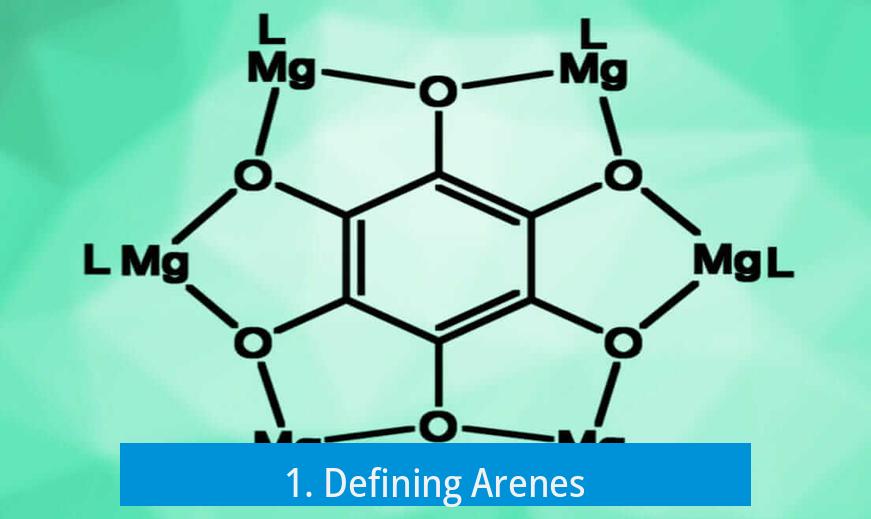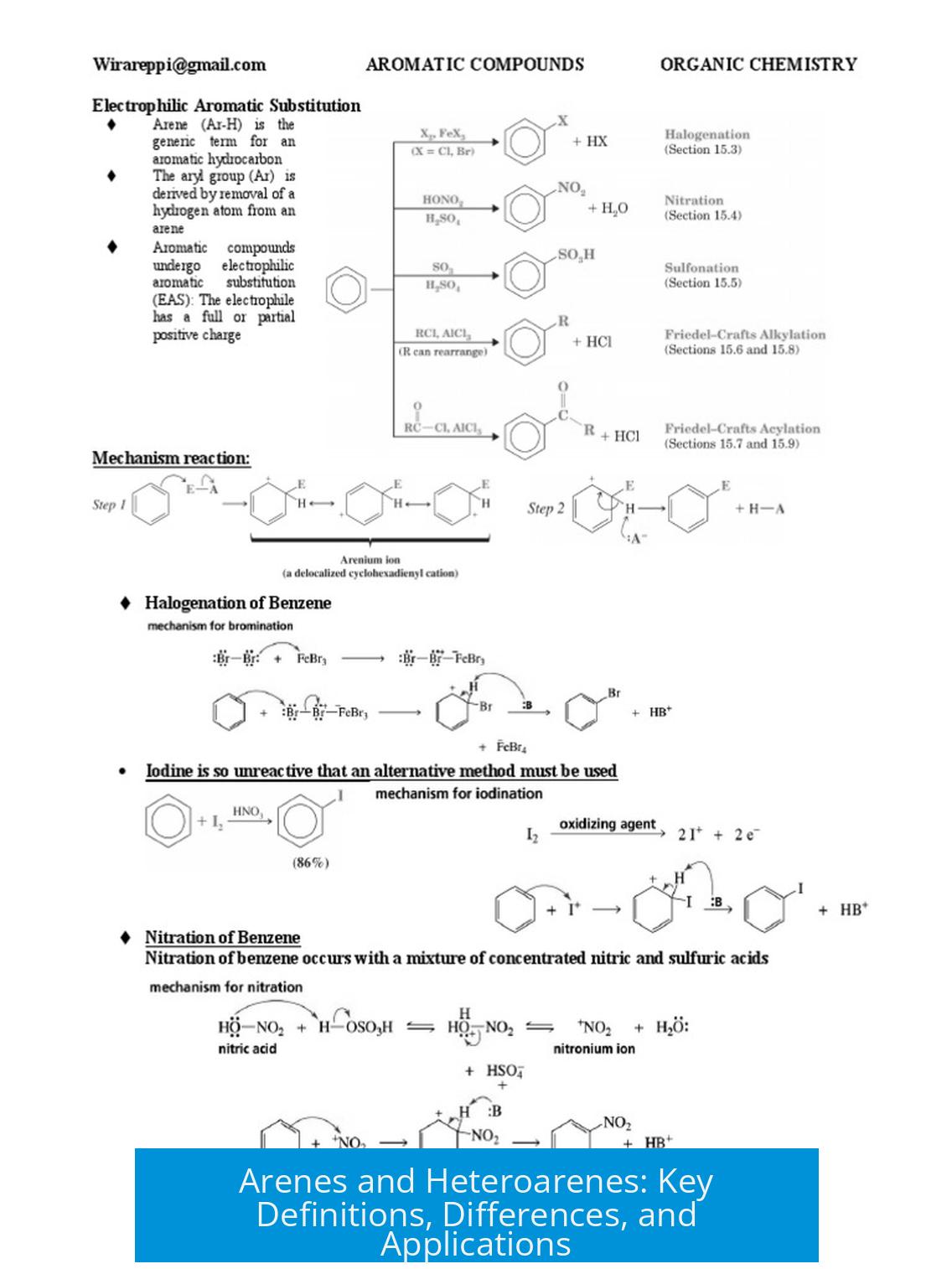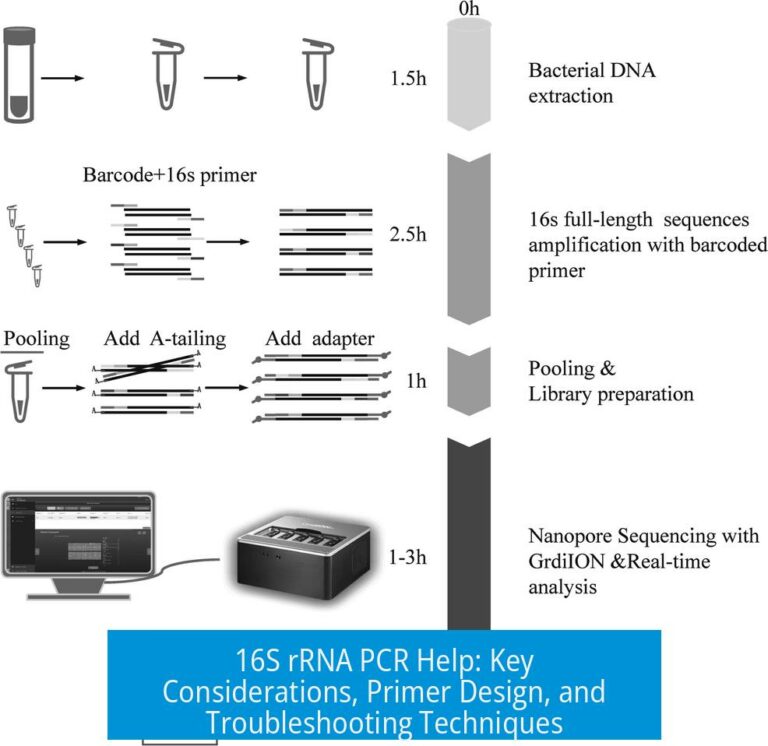Arenes and Heteroarenes: Definitions and Differences

Arenes are aromatic compounds characterized by rings of carbon atoms with delocalized pi electrons. Heteroarenes are a subclass of arenes where one or more carbon atoms in the ring are replaced by heteroatoms such as nitrogen, oxygen, or sulfur. This structural distinction influences their chemical behavior and applications.
1. Defining Arenes

Arenes refer broadly to aromatic compounds or functional groups containing at least one aromatic ring. The simplest example is benzene, a six-carbon (C6) ring with alternating double bonds creating a stable, conjugated system. In many contexts, arenes mean purely carbon-based aromatic rings, but chemists often use the term broadly, including rings with heteroatoms.
- Benzene: Specific arenes example with six carbon atoms.
- Naphthalene: Another example of an arenic system with fused benzene rings.
2. Understanding Heteroarenes
Heteroarenes incorporate one or more heteroatoms within the aromatic ring. These atoms replace carbon atoms but maintain the aromaticity of the system. Common heteroatoms include nitrogen, oxygen, and sulfur.
- Indole: A bicyclic heteroarene with nitrogen as the heteroatom.
- Pyridine: A benzene analog where one carbon is replaced by nitrogen.
3. Relationship Between Benzene, Arenes, and Heteroarenes
Benzene is the fundamental arenic compound with a ring of only carbon atoms. Introducing a heteroatom such as nitrogen transforms the structure into a heteroarene—for instance, pyridine results from substituting one carbon in benzene with nitrogen.
| Compound | Ring Composition | Type |
|---|---|---|
| Benzene | 6 carbon atoms | Arene (pure carbon ring) |
| Pyridine | 5 carbon atoms + 1 nitrogen | Heteroarene |
4. Distinction Between Heterocycles and Heteroarenes
Heterocycles are any cyclic compounds with heteroatoms in the ring but are not necessarily aromatic. Aromatic heterocycles qualify as heteroarenes, while non-aromatic ones do not.
- Pyrrole: Aromatic heterocycle (heteroarene).
- Pyrrolidine: Non-aromatic heterocycle.
5. Applications and Importance
Heteroarenes play a vital role in pharmaceutical chemistry. Many drugs contain heteroaromatic rings, which influence biological activity and drug design.
- Common drugs with heteroarenes: Ciprofloxacin, Singulair, Xanax, Prozac, Cymbalta, and Briviact.
- Heterocyclic chemistry is a major organic chemistry branch focused on these compounds.
Key Takeaways
- Arenes are aromatic rings primarily composed of carbon atoms.
- Heteroarenes contain heteroatoms (N, O, S) within the aromatic ring.
- Benzene is a classic arenic compound; pyridine is a corresponding heteroarene.
- Heterocycles may or may not be aromatic; only aromatic ones are heteroarenes.
- Heteroarenes are essential in drug development and organic chemistry.
What distinguishes arenes from heteroarenes?
Arenes are aromatic compounds with rings mainly of carbon and hydrogen. Heteroarenes have rings that include atoms like nitrogen, oxygen, or sulfur in place of some carbons.
Is benzene a heteroarene?
No. Benzene contains only carbon atoms in its ring. When one carbon is replaced by nitrogen, it forms a heteroarene like pyridine.
How do heterocycles differ from heteroarenes?
Heterocycles have rings with heteroatoms but are not always aromatic. Heteroarenes must be aromatic rings containing heteroatoms.
Why are heterocyclic compounds important in chemistry?
They are central to organic chemistry and present in many drugs like Prozac and Xanax.
Can you give an example of a heteroarene with more than one ring?
Indole is an example. It has two rings and includes a heteroatom in its aromatic system.





Leave a Comment